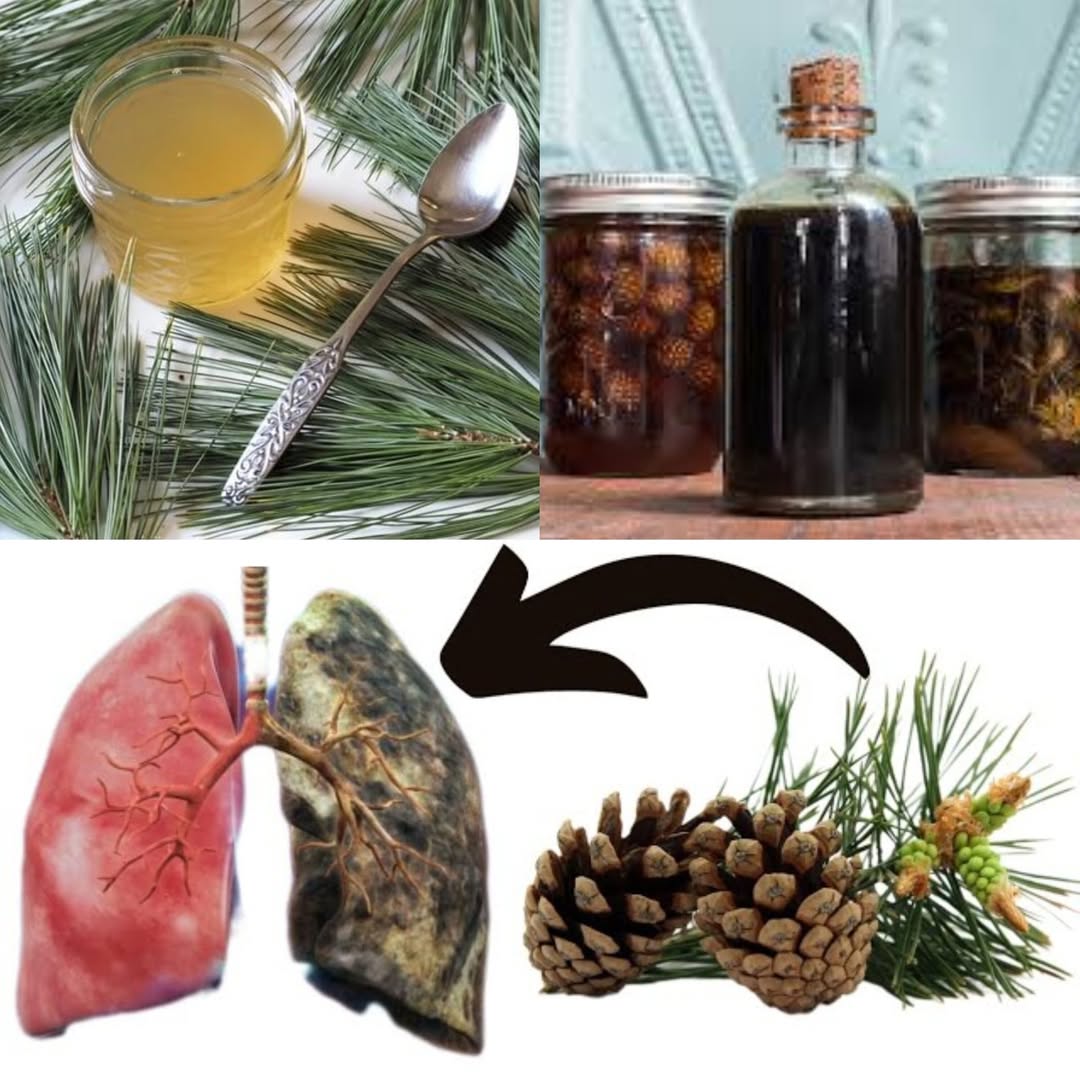When it comes to respiratory health, nature has provided us with an incredible remedy that has been used for centuries: pine trees. Yes, you read that correctly—pines, particularly pine needles and pine resin, are some of the strongest natural medicines for supporting lung health, fighting respiratory conditions, and even preventing serious diseases like cancer, bronchitis, and asthma.
In this article, we’ll explore the incredible benefits of pine-based remedies and how they can help keep your lungs clear, healthy, and protected.
Why Pine Is So Powerful for Lung Health
Pine trees are more than just beautiful forest giants. They contain an array of powerful compounds that have proven to support the respiratory system. From pine needles to pine resin, this natural medicine has been used in traditional healing for centuries due to its antibacterial, antifungal, anti-inflammatory, and antioxidant properties.
Let’s break down the key elements that make pine so beneficial for the lungs:
1. Pine Needles: The Lung-Clearing Superheroes
Pine needles, especially from species like the White Pine and Scots Pine, are rich in vitamin C, flavonoids, and essential oils. These compounds make pine needles one of the most potent natural remedies for a variety of lung diseases and conditions.
- Expectorant Qualities: Pine needles have expectoration properties, meaning they help clear mucus and phlegm from the airways. This is extremely beneficial for conditions like bronchitis and asthma, where the airways become inflamed and blocked with mucus.
- Antioxidants: Rich in antioxidants like flavonoids, pine needles help neutralize free radicals in the body, which can prevent cellular damage in the lungs and other organs, potentially reducing the risk of lung cancer and other serious diseases.
- Anti-inflammatory Effects: Chronic inflammation is a key factor in many lung conditions, including asthmaand chronic obstructive pulmonary disease (COPD). Pine needle extract has anti-inflammatory effects that can help soothe irritated lungs and reduce the risk of long-term lung damage.
